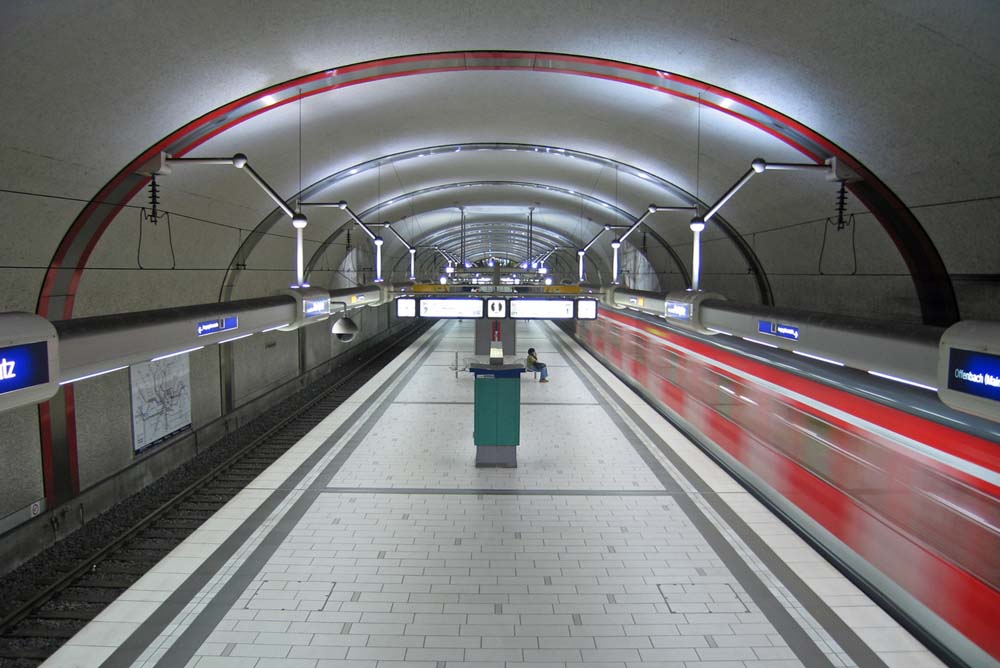
Like with all investments I am of the view that diversity is key and with residential investment in the UK the same principles apply. Investing in a mixture of both capital growth and yield-driven opportunity is always wise in my view, utilising the yield play to service debt on the lesser yielding is a pragmatic approach.
Location, location, location is what we hear and when transport infrastructure changes dramatically never a truer word be said, Crossrail is a prime example.
Crossrail is Europe’s largest infrastructure project and its impact on London will be far reaching. It will cut journey times by up to 40 minutes and increase capacity on the capital’s transport network by 10%. The improvement in both connectivity and capacity will open up new parts of London, as well as trigger wider investment and regeneration.
In property terms, Crossrail is a game changer. It has already affected key investment decisions, acting as a catalyst for further development and providing a significant boost to property values.
The local housing markets along the Crossrail stretch will benefit. As a result it is anticipated house prices will increase by an average of 2.5% per year around Crossrail stations. This equates to a total increase of 13% over and above wider underlying capital appreciation by the time Crossrail becomes fully operational. In Central London, the overall increase is more likely to be in the region of 20%.
Crossrail will completely transform London’s public transport system. It will increase its capacity by 10%, enabling over 200m passengers to make their way in and around London per year, as well as significantly reduce journey times. These improvements will have a huge impact on the economy of London and the South East, connecting new areas and creating new opportunities for businesses to grow.
The impact of Crossrail on property will be two-fold. Firstly, the improvement in connectivity will open up new districts and reduce travel times, both of which will directly drive values in the commercial and residential sectors. Secondly, it will act as a catalyst for broader investment and development around the affected stations. These wider improvements will also unlock considerable underlying value. Although the first lines won’t be operational until 2018, its impact is already being felt as the imminent improvements drive confidence and become key considerations in strategic investment decisions. In addition, Crossrail has the potential to reposition many locations that are currently considered tertiary, unlocking their dormant value.
Pages
Click here to see the published article.











